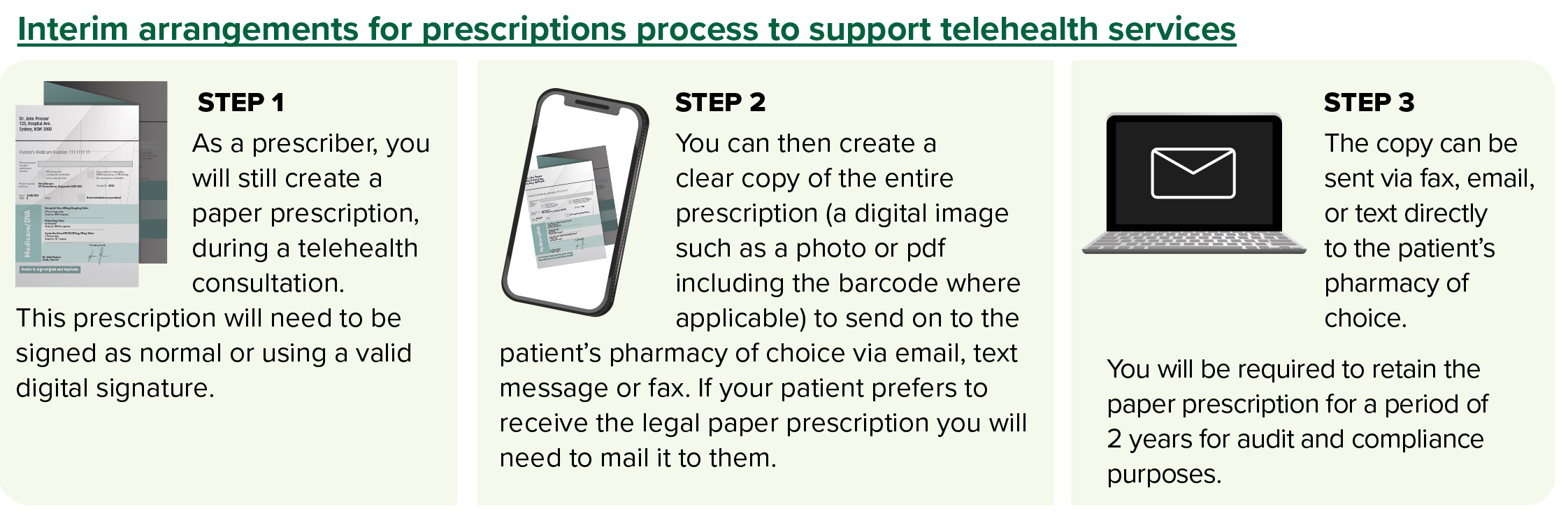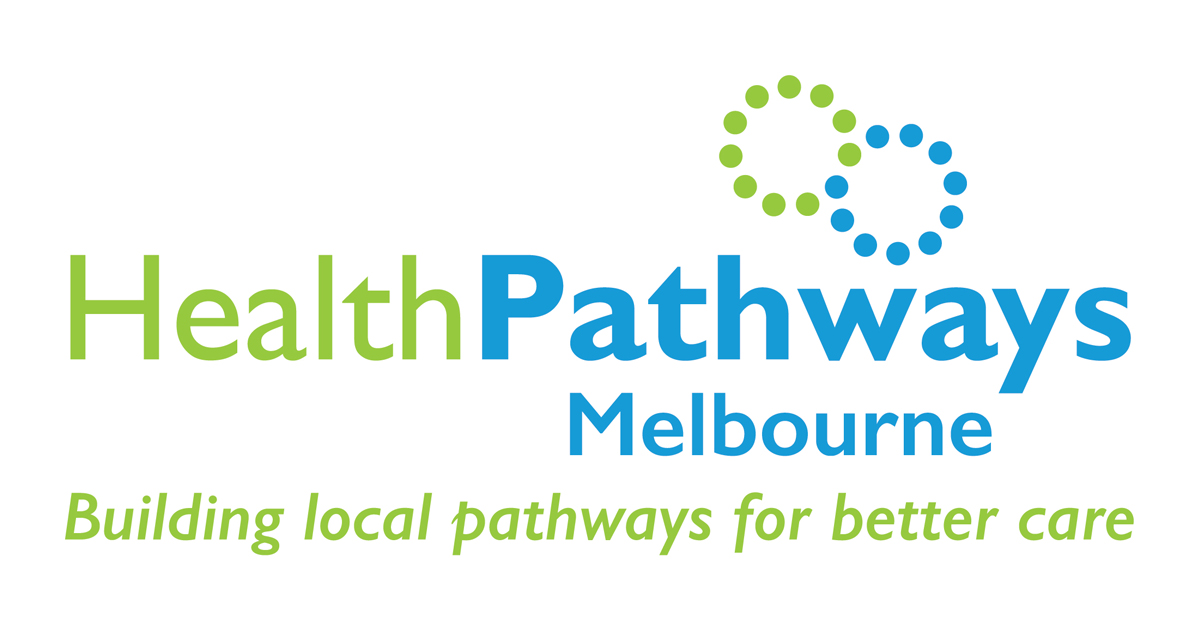
By the Primary Health Care Improvement Team, North Western Melbourne Primary Health Network.
Electronic prescribing provides an option for prescribers and their patients to have a digital prescription as an alternative to a paper prescription. Electronic prescribing is not mandatory. Patients and prescribers will be able to choose an electronic or a paper version of their prescription.
Electronic prescribing is the process by which a prescription is electronically generated by a prescriber using software which conforms to stringent specifications. Only an authorised prescriber can generate an electronic prescription, which is then securely transmitted to a prescription delivery service. The electronic prescription is then available for dispensing and supply through any dispensing software that conforms to the appropriate requirements.
What are the benefits of electronic prescribing?
- Improved patient safety by reducing the risk of transcription errors;
- Improved practitioner workflow efficiencies by reducing unnecessary paperwork;
- Choice of prescription format that suits patient preference;
- Potential for new or alternative digital health services and initiatives into the future;
- Reduced prescription misuse through increased data available for real-time monitoring; and
- Support the future of digital health innovation.
Electronic prescribing update
- Work to upgrade health care providers’ clinical software to allow electronic prescribing is well underway and is expected to be ready by May/June 2020.
- The Commonwealth Department of Health (DoH) is leading the work to enable electronic prescribing and has overall accountability for the electronic prescribing project. The DoH has partnered with the Australian Digital Health Agency (ADHA) to develop the technical components of the project, supporting the legal prescribing and dispensing of medicines and subsequent Pharmaceutical Benefits Scheme (PBS) claiming from electronic prescriptions.
Visit the ADHA website for more information.
When will general practice and community pharmacies be able to prescribe and dispense electronic prescriptions?
Many software providers are upgrading their existing clinical information systems in accordance with the electronic prescribing technical framework published by the ADHA. Depending on the release schedules of software vendor companies, the ADHA expects some software providers will have updates available that will allow electronic prescriptions to be prescribed and/or dispensed after June 2020. Under the COVID-19 National Plan for Fast Track Electronic Prescribing, some may be ready by the end of May 2020.
Not all software vendors will have upgrades available for their clients at the same time. This means your prescribing/dispensing software provider will work with you to plan and introduce this new capability and minimise any potential downtime to your business.
Electronic prescribing update during COVID-19: Supporting telehealth patients and health care professionals
The Australian Government has fast-tracked the implementation of electronic prescribing (ePrescribing) to help protect people most at-risk in our community from exposure to COVID-19.
The image below outlines the current temporary arrangements available to help patients receive medicines via telehealth services:

Please note: Medicines in Schedule 8 and Appendix D in the Poisons Standard are not part of this interim arrangement and are to be supplied under the current prescribing arrangements.
Please note: these interim arrangements are temporary and will cease in accordance with the COVID-19 National Health Plan telehealth measure (currently ceasing on 30 September 2020).
Electronic prescribing readiness checklist
- Ensure your practice has Healthcare Provider Identifier-Organisation (HPI-O) and is connected to the HI service. This is a core requirement for electronic prescribing.
- Ensure your practice is connected to Prescription Delivery Service such as eRx and MediSecure.
- Update your patients’ and their carers contact details on file (mobile and email).
- Subscribe to software provider newsletters and correspondence.
- Stay up to date with communications from peak organisations.
- Keep your staff informed about electronic prescribing and how they may respond to patients questions.
- Stay up-to-date with relevant State and Territory legislative amendments.
- Check the Australian Digital Health Agency website for electronic prescribing information and updates.
Electronic prescribing webinar: Update for GPs and practice managers
Join this interactive webinar for the latest advice on electronic prescribing and to have your questions answered.
Date: Tuesday, 9 June 2020
Time: 5:45pm – 7:00pm
Register here
HealthPathways Melbourne 
A new Electronic Prescribing pathway has been published on HealthPathways. It contains information about interim PBS prescribing arrangements during the COVID-19 pandemic and is being updated regularly. Need a login? Request access here.




